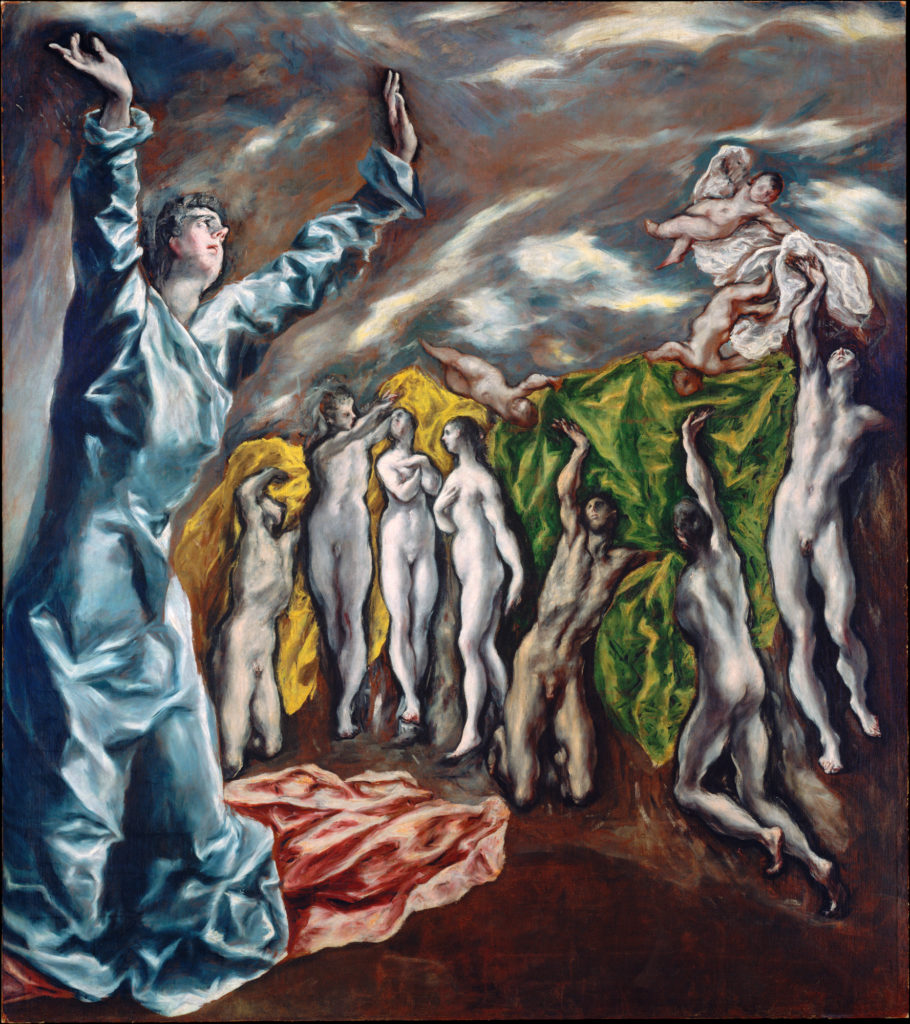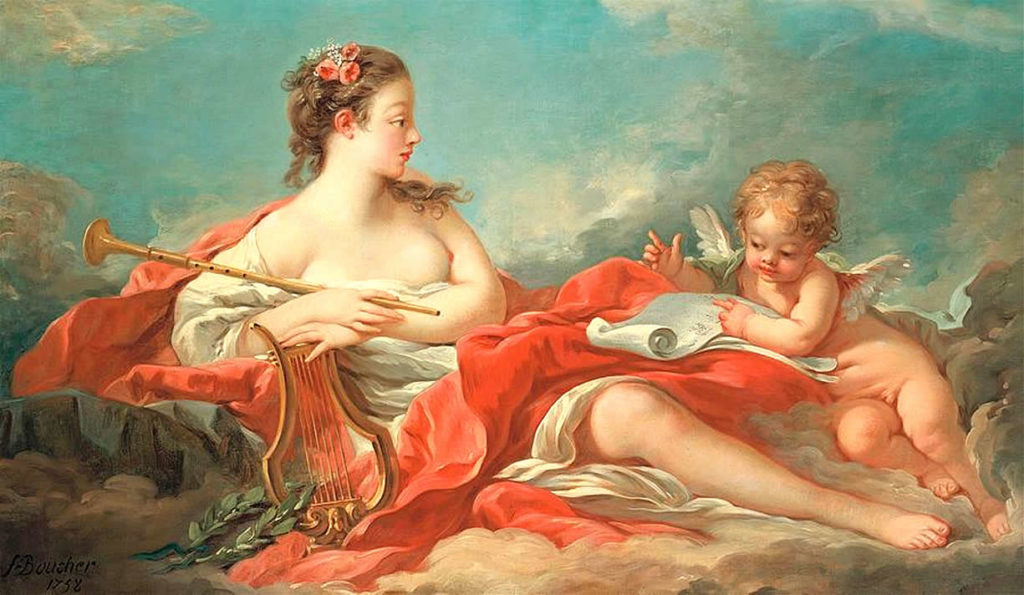
Ernest Holmes once wrote, “Seek to make your work a prayer, your believing an act, your living an art. It is then that the object of your faith will be made visible to you. It is then that you shall ‘kiss the lips of your desire.’ “
Holmes was saying that to make life what you want it to be, it isn’t necessary to pray and/or meditate all the time. Though prayer and meditation have their place in life, it’s even more important to be living that which you aspire to rather than pleading for it or visualizing it.
Who Are You?
These words are found in Holmes’ book titled, “This Thing Called You,” published in 1948. It’s one of my favorite books, packed with wisdom. He goes on to say, “Your thought is creative, not because you will, wish, hope, pray or long for it to be so. It is creative because there is a creative law operating upon it. You did not make this law, you only use it.”
I’ve used this book in my life and Holmes’ spiritual philosophies are never far from my mind, but the distractions and stresses of everyday life have taken me off track in some ways. I haven’t been using my creative abilities to make this journey as joyous as I had been for much of my life. Turning to this book again has lifted my spirits and made me realize newly that my decisions determine what and how life can be.
Seeds of Creativity
When we send an intention into the universe, it is tantamount to sowing a seed. To make a seed grow into a full-sized plant, we water it until it germinates, furnish it with sunlight, nourish it with fertilizer, and weed around it as needed to help it thrive.

We expect a seed to grow when we plant it. We are wise enough to not expect it to happen instantly. We exercise patience and allow it to go through its various stages until it flowers or bears fruit. We need to understand this about our seeds of thought. They probably won’t manifest our intentions immediately. We should expect them to come to bear, though. We keep the intention in place, nourish it with enthusiasm and weed out thoughts and emotions that can destroy it. We will eventually see our dreams come true.
This is a natural process based on natural law. We’ve all used it whether we have a garden or not. We’ve set a goal of creation, shown determination to reach it despite any obstacles, and followed through until completion. The problem is we don’t do it enough. We don’t make it a point to live this way every day in every way. As Holmes said, make your living an art.
Living Examples
Jack Canfield is one of the most inspiring individuals on the planet. Author of Chicken Soup for the Soul, he made a series of such books and sold over 123 million of them through his franchise. He is a motivational speaker and has helped hundreds of thousands of people realize their dreams.
When he was a teacher making about $8000 per year, he was coached on how to use the Law of Attraction and was instructed to set an income goal of $100,000 for the next year. He attached an image he’d made of a $100,000 bill on the ceiling above his bed, visualized having that every morning, and made his goal the focus of his activities every day.
His book started selling well, money started flowing his way and when the year was over, he had earned $97,000. Phenomenal, considering he had never experienced anything like that prior to using the Law of Attraction.
Oprah Winfrey tells the story of how she got the part of Sofia in The Color Purple. When she read the book by the same title, she loved it so much she bought many copies for people she knew. She was consumed by the story. Eventually, she received a call asking her if she would like to audition for a part in a movie even though she wasn’t known for acting. It turned out to be The Color Purple. She auditioned and heard nothing back.
She thought she wasn’t being chosen because she was so overweight. She went to a “fat farm,” as she called it. While there, she was locked in on the part so much that she was crying and praying simultaneously. She sang a song of surrender and acceptance to herself. Even as this was happening, she received a call from Steven Spielberg. He wanted her for the part. She knew she had brought that role into her life by using the Law of Attraction.
Laws of the Universe
There are many laws governing how this universe operates. The Law of Attraction is only one of them. Holmes wrote of it back in the 1920’s. I’ll cover more on how we can use these laws for our collective benefit in my next post. For now, another quote from Holmes.
“Enter in and possess this promised land. When you accept in simple faith, you will receive. When you knock in childlike belief, the door will be opened. What you seek with enthusiastic acceptance, you will find.”



